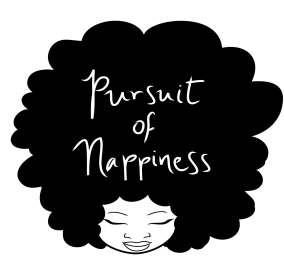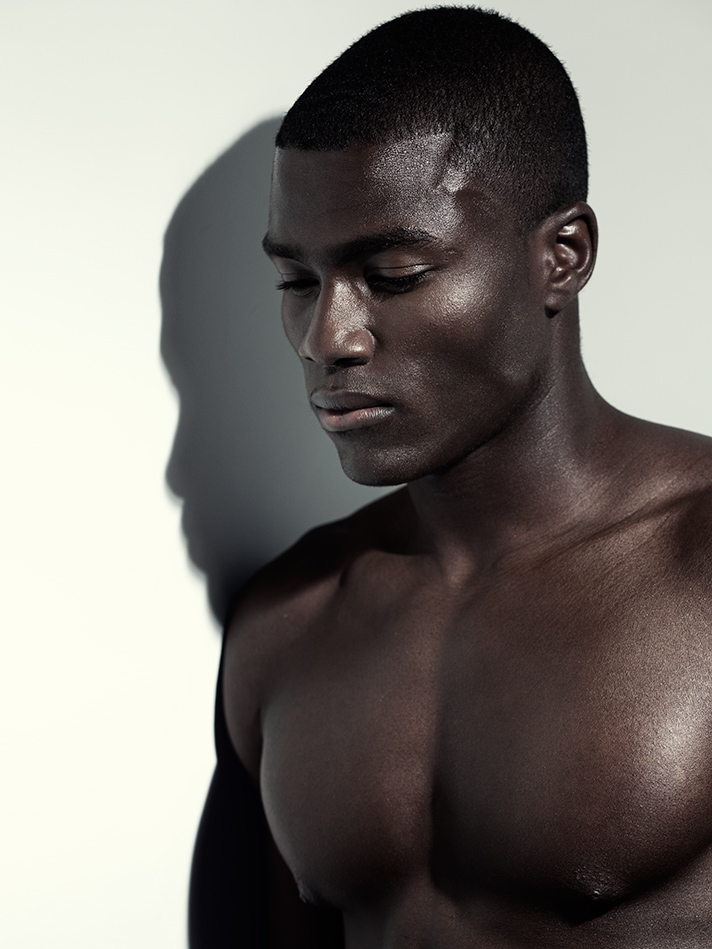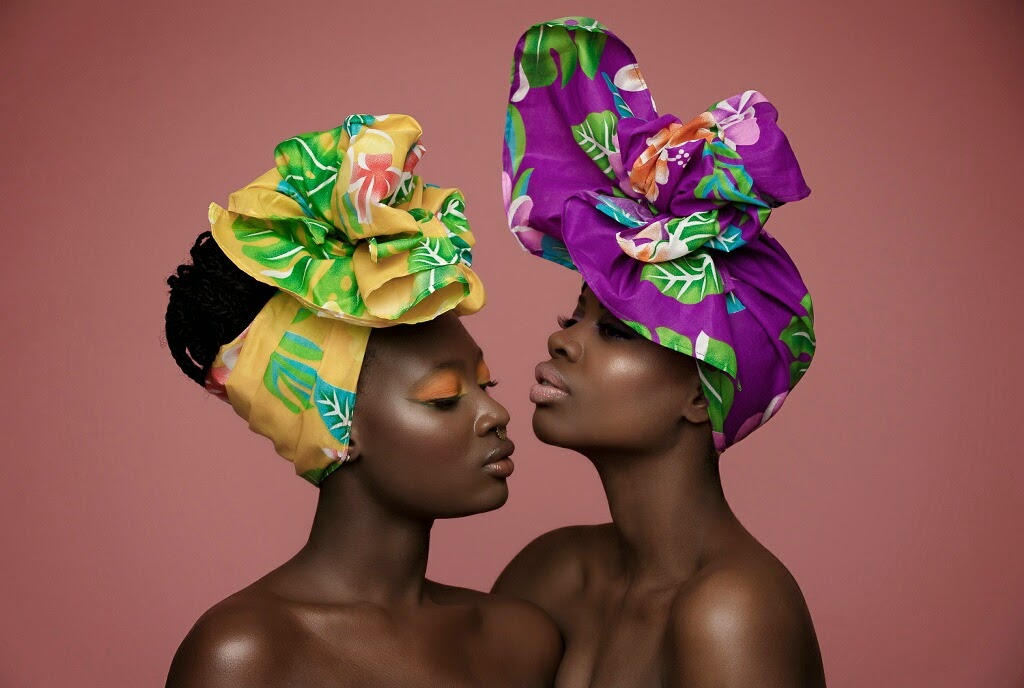Originally posted on 1shadysun.com
at shady sun, we believe that, whether they are conscious of it or not, the most enduringly successful pop cultural icons enrich their work with the symbolism of an acutely deliberate variety. drawing from the rich [and often intersecting] archetypes of astrology, numerology, mythology, tarot, etc, the themes and motifs of these “stars” seem to parallel certain legends that live immortalized in the collective unconscious. the existence of the famous figure bears a striking resemblance to something we’ve seen all before, at some point, in another dimension maybe, but it’s unique enough to keep us engaged as if we haven’t already seen unfold this story.

when we reconnect with our roots, we see the world with new eyes. as i study ifa, santería and voodoo, my lens to the outside world, particularly pop culture, has a fresh filter. just as i did, many others who are and have been familiar with this way of life are claiming a connection between lemonade, beyoncé’s latest offering, and the spirit of the afro-cuban deity oshún.

oshún is an orisha. to give praise where it’s due, she is one of the most celebrated orishas. for those of us who have never encountered them by name, the orishas are divine forces of nature that are revered, channeled, followed and praised for their supernatural powers and graceful guardianship. 
if we all come from africa, one would posit that the greco-roman pantheon of gods is a derivative of this african ensemble of supernatural entities. if so, oshún would be foremother of aphrodite/venus, goddess of love and luxury. in that vein, oshún is regarded as the sweetest and most beautiful of all the orishas, the one we turn to when we wish to attract life’s treasures and indulge in romance.
she is also sought out for relief from harsh conditions, such as when she lightened her skin and hair to accompany the west africans who were brought to caribbean as slaves. under catholic rule on the island of cuba, yoruba’s oshún was syncretized to our lady of charity, the saint who was called upon to aid the newly enslaved prisoners.

it is because of oshún’s affinity for the finer things, as well as her ability to circulate and arouse love, she knows more than anyone else how it feels to live through oppressive circumstances such as poverty, oppression, rejection, neglect, and heartache. enterbeyoncé.

beyoncé’s body of work, like the patakis [stories] of oshún, is a series of extreme displays of love, loss, and affirmation. lemonade, the visual album she released on april 23, 2016, is perhaps her most aesthetically blatant homage to west african religious traditions, whether she’s invoking oshun specifically or spotlighting the lifestyle in general. in a number of scenes, she features the ritualistic body art of laolu senbanjo, a nigerian born american artist who brands himself with the #SacredArtOftheOri hashtag, evidence of his yoruba roots [the ori is the known as the ‘head’ or the seat of the soul in this faith]. at its most direct, lemonade is like a glimpse into a temple devoted to the ashé [power] of oshún, a safe space for her beautiful, big-hearted and hypersensitive children.

take the ‘denial’ segment for instance [scored by “hold up”, the second track from the album], a video in which beyoncé opens a set of doors in the daylight to unleash a tidal wave of splashing water down the stairway onto the street, clad of course in a flowing yellow dress, the same dress that normally adorns oshún in her depictions and descriptions. both the stream that comes bursting through the doors with beyoncé, and the pulverized fire hydrant’s relieving rain, calls to mind the sweetness of oshún, orisha of the freshwater.

as the water runs dry along the cement and beyoncé somehow acquires a baseball bat, we are also reminded of the bitterness of a jilted lover. bitter, like the lemon that shares the color of the cloth donned by our star as she parades maniacally down the block in this golden get-up. it’s as if she were possessed, begging the question, “what worse, being jealous or crazy?” this whole sequence represents the devastating heartbreak suffered by oshún and her children, who are sometimes disappointed when the love they give is reciprocated disproportionately, as well as the subsequent “irrational” behavior that might arise when they are so crazy in love. the juxtaposition of the beauty and rage exhibited in this section exemplify the range of oshún, in all her glory.

in the following scene, entitled ‘anger’, beyoncé makes it clear to the subject of the song that “when you hurt me, you hurt yourself…“, a curse that seems to tap into oshún’s mirror symbolism and draw from her manifestation as witch/bruja/love doctor, the version of oshún who spins spells on behalf of her children when they have been used and abused by tough lovers.oshún is known as a magician who can affect emotions and manipulate the elements to gain favor, and beyoncé wields this power ferociously as fire burns around her in the shape of asquare, leaving us wondering whether or not life imitates art after all. if so, what will happen now? wishfully, we will find that, thanks to the alchemical lemonade, we are cleansed, and now love is possible once more.

azealia banks has taken to twitter to criticize beyoncé’s project for “poaching” the african religion as a sonic and visual theme, something banks herself claims to have done first. while lemonade might be yoncé’s most obvious tribute to the theological practices of the peoples of the african diaspora, some might argue she’s been inspired by elements of ifa, santería and voodoo since the dawn of her career.

beyoncé’s first solo single “work it out” was brought to life by a honey colored music video [and similarly hued afro, courtesy of the austin powers era from which this song was born]. at the bridge, beyoncé sings “you’ve given me a taste of your honey, i want the whole beehive.” little did we know at the time this line would serve as the conception and affirmation of her fanbase, now known notoriously as the beyhive. as oshún is the ruler of all things sticky, sweet and expensive, honey is naturally her favorite treat. for most the video, beyoncé and her band dance on stage in front of a large 5-pointed star. each orisha has a number assigned to them, and oshún’s happens to be none other than 5. if that weren’t enough, beyoncé’s life path number in numerology is 5.
four years later, beyoncé released her b’day album, featuring “upgrade u”, a song about a woman taking her already-established romantic partner to the next level of affluence. like the aforementioned music video, the visual for this song is notably golden, which matches the lyrical theme of luxury. wealth is oshún’s domain, as she is the one called upon by those who wish for the lush life.
in retrospect, it is easy to see that beyoncé has been keeping african-american cultural traditions alive in this way long before lemonade. one might wonder if beyoncé has actually been initiated into the mysteries of oshún as a priestess, or if she simply appreciates the mythos of this orisha. who knows. if oshún’s magic is as powerful as they say it is, however, then “beyoncé, as oshún” must have generated enough ashé throughout her career [in this piece especially] to purify, protect and empower not only her heart, but also the hearts of everyone who dares to get “in formation”, particularly the long lineage of resilient black women for whom this was made.
-SHADY SUN






Leave a Reply